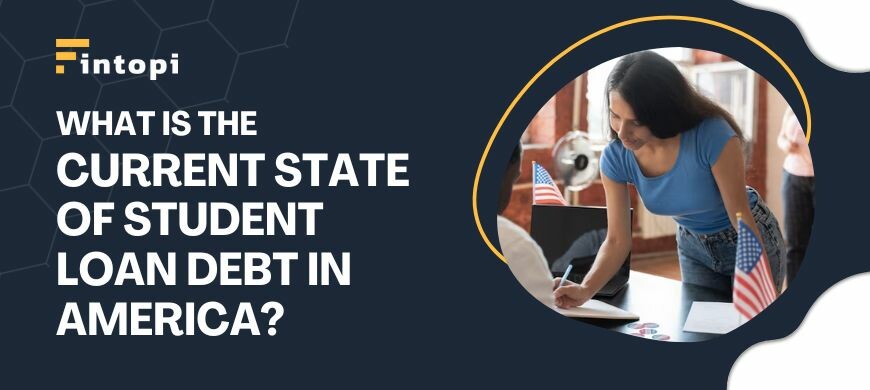Joe Biden’s Stance on Student Loan Debt: What You Need to Know
Student loan debt has been a major issue in the United States for years. With an estimated 45 million Americans carrying this debt, it’s no surprise that the topic has become a hot-button issue for politicians on both sides of the aisle.
In the run-up to the 2020 presidential election, then-candidate Joe Biden made it clear that addressing the issue of student loan debt would be a priority for his administration. In this article, we’ll take a closer look at Biden’s stance on it and what it means for borrowers.
The Current State of Student Loan Debt in America
Before we dive into Biden’s plans, it’s important to understand the current state of student loan debt in America. According to the Federal Reserve, Americans collectively owe over $1.7 trillion in student loan debt. This debt is spread out among approximately 45 million borrowers, with an average debt of around $28,000 per borrower.
The impact of this debt on individuals and the economy as a whole cannot be overstated. Many borrowers struggle to make payments, and the debt can limit their ability to make major purchases like homes or cars.
President Biden’s Plans to Tackle Student Loan Debt
President Biden has proposed several plans to address the issue of student loan debt. One of his most notable proposals is to cancel up to $10,000 in federal student loan debt per borrower. This would apply to all federal student loan borrowers, regardless of income or type of loan.
Biden has also proposed making public colleges and universities tuition-free for families earning less than $125,000 per year. Additionally, he has suggested doubling the maximum Pell Grant award, which would help low-income students pay for college.
What This Means for Borrowers
For borrowers, Biden’s plans could provide significant relief. The cancellation of up to $10,000 in federal student loan debt would provide immediate relief for millions of borrowers.
Making public colleges and universities tuition-free for lower-income families would make college more accessible to many, and the increased Pell Grant award would provide additional support for low-income students.
However, it’s important to note that these proposals are not sure to become law. They will need to be passed by Congress, and it’s unclear how much support they will receive from lawmakers.
What Happens Next?
It remains to be seen how Biden’s plans for student loan debt will play out. With Democrats in control of both the House and the Senate, there is a good chance that some form of student loan debt relief will be passed.
However, the specifics of any legislation that is passed are still uncertain. It’s possible that Congress will pass a more limited version of Biden’s proposals, or that they will be watered down or eliminated altogether.
Conclusion
Biden’s plans to tackle student loan debt have the potential to provide significant relief for millions of borrowers. However, it’s important to keep in mind that these proposals are still in the early stages and will need to be passed by Congress.
If you are struggling with student loan debt, it’s important to explore all of your options, including income-driven repayment plans, loan consolidation, and loan forgiveness programs. Furthermore, by staying informed and taking action, you can work towards a brighter financial future.
FAQs
Q: Will President Biden cancel all student loan debt?
President Biden has proposed canceling up to $10,000 in student loan debt for all borrowers and up to $50,000 for those who attended HBCUs or other minority-serving institutions. However, it is unclear whether he has the legal authority to do so through executive action.
Q: Will expanding income-driven repayment plans help me manage my student loan debt?
Expanding income-driven repayment plans could lower monthly payments for millions of borrowers, making it easier to manage your debt. However, it will depend on the specific details of the expansion and how it is implemented.
Q: What should I do if I am struggling with my student loan debt?
Consider income-driven repayment plans, loan forgiveness programs, and consulting with a financial advisor or credit counselor for support.



